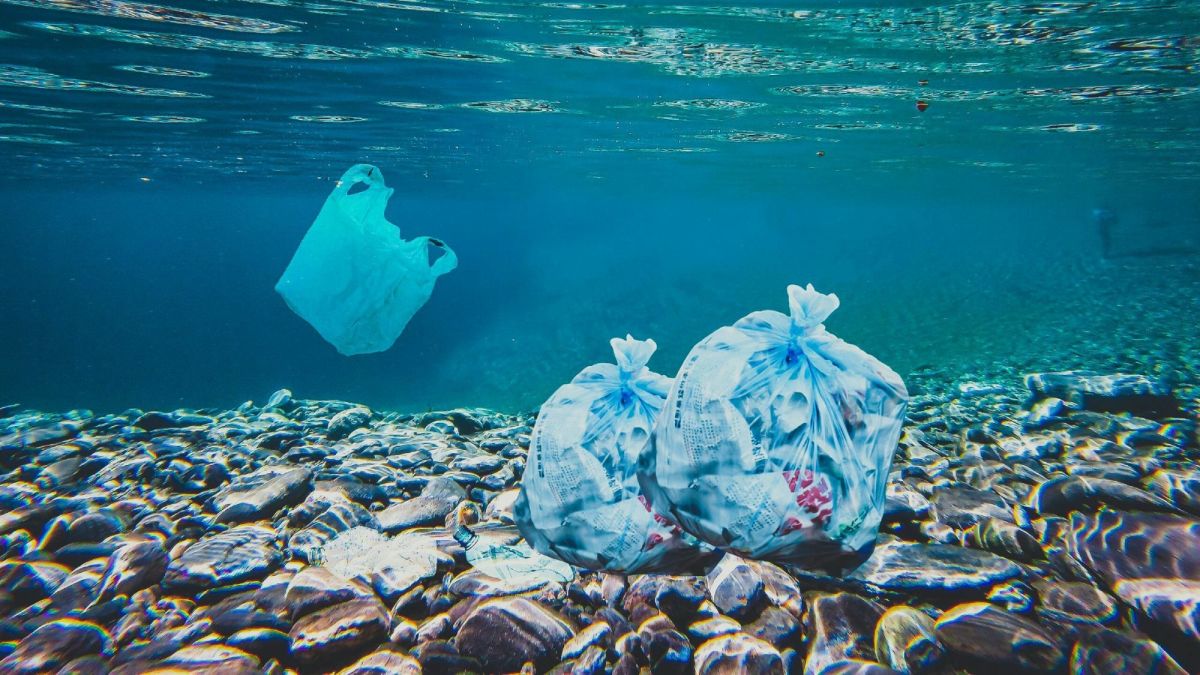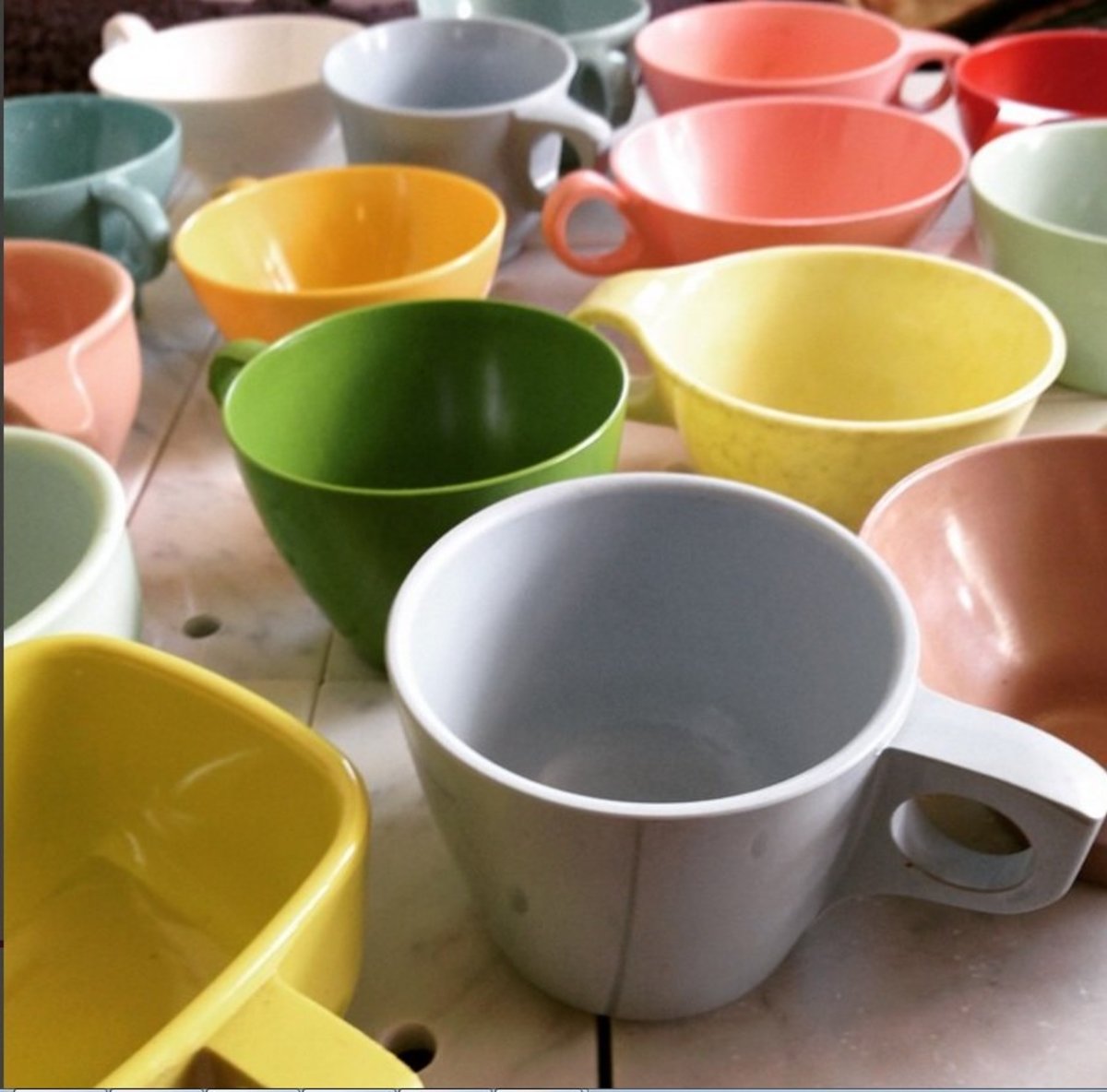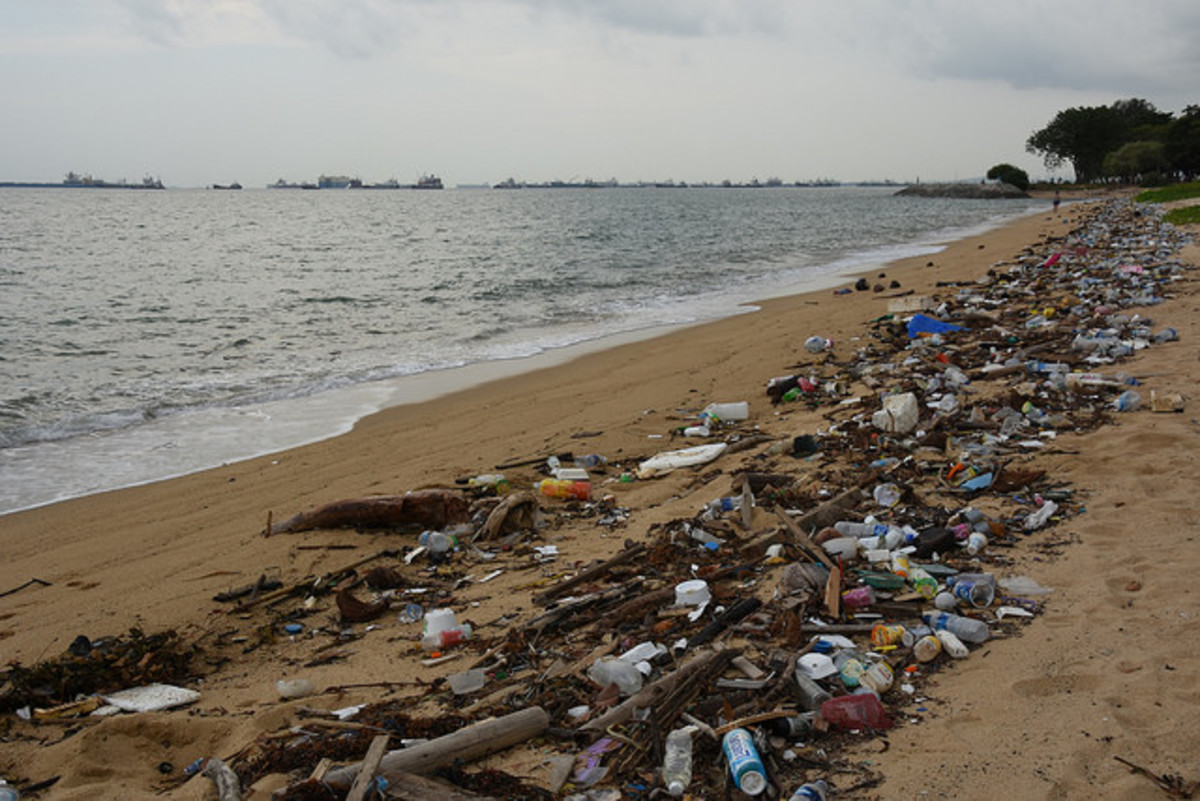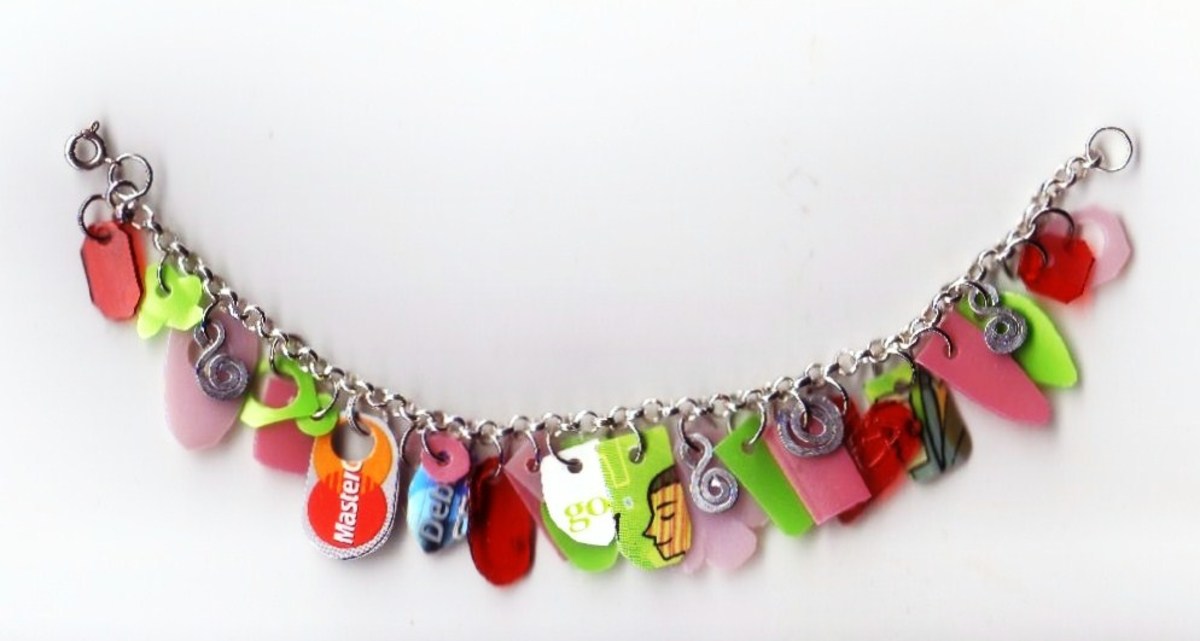Plastics Part 2
Continuation
In part 1 of plastics, we have been introduced to plastics and taught about how plastics are being formed. To review Part 1, please go to the link attached below.
In part 2 of plastics, we will first answer the question that is left behind at the end of part 1 before moving on to topics such as the differences between synthetic plastics and naturally-occurring plastics, the advantages and disadvantages of plastics as well as the industrial and individual level of reducing plastic waste.
Part 1 of Platsics
- Plastics | HubPages
Part 1 of this article will not only introduce you to plastics but also give you a detailed explanation as to how plastics are being formed from its natural resources
Mystery
After reading Part 1, you are most probably thinking of the 2 questions. "do you know how these products are being formed?" and "What is the object shown in the picture at the end of Part 1?".
Orifice
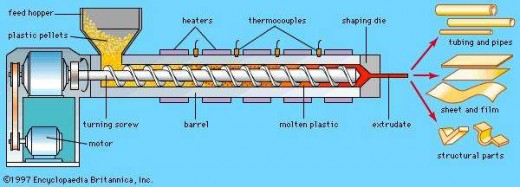
Mystery solved
One way which plastics can be made into various applications is extrusion whereby a melted polymer is forced through an orifice (shown above) with a particular cross section(the die), and a continuous shape is formed with a constant cross-section similar to that of the orifice. Although thermosets can be extruded and cross-linked by heating the extrudate, thermoplastics that are extruded and solidified by cooling are much more common.
Synthetic vs Naturally-occurring plastics
Plastics can be either synthetic or naturally-occurring. Do you know what are the differences between these 2?
Differences
The first difference lies in the raw materials that are used to produce them. Synthetic plastics are made from petrochemicals whereas naturally-occurring plastics are made from renewable resources that completely biodegrade in their natural forms, such as components of living plants, animals and algae as a source of cellulose, starches, protein and algal materials. They can also be produced by a range of microorganisms
The second difference is the degradability property.
Synthetic plastics vs naturally-occurring plastics
Physical properties of plastics
- Firstly, all plastics are resistant to chemicals.
- Secondly, all plastics are insulators of heat and electricity due to the fact that there is an absence of mobile valence electrons, which are responsible for conducting heat and electricity, in the plastic molecules.
- Thirdly, all plastics are light in mass and have varying degrees of strength.
- Lastly, all plastics can be processed in ways to produce fibers, sheets, foams or intricate molded parts.
Now that we about their physical properties as well as the differences between synthetic plastics and naturally-occurring plastics, we will be discussing the advantages and disadvantages of plastics.
Advantages and Disadvantages of Plastics
Advantages
| Disadvantages
|
|---|---|
Public health sector benefits as disposable plastics such as latex gloves are inexpensive and allow for patient safety as well as time-savings due to eliminating the needs to sterilise this item.
| The first disadvantage of plastic is its harmful nature. Disposable plastics used in packaging foodstuff meant for human consumption contain harmful compounds. Improper disposal of these packaging products may get washed into the nearby water bodies. This will lead to accidental digestion as the marine creatures will mistakenly treat it as their food source. As result, these affected creatures will die due to suffocation or poisoning.
|
The second advantage of plastics is the manufacturing sector. For example, manufacturer of the automobile and airline industry are beneficiary of plastics as the use of plastics allows them to significantly reduce the weight of their products which in turn enables them to be much more power efficient and easier to service.
| The second disadvantage of plastics is environment degradation. Since plastics are non-biodegradable, they may take centuries to be decay. Hence, plastics that are not properly disposed may get washed away to water reservoirs. As a result, they clog waterways and float on reservoirs, polluting and making them unsightly.
|
Industrial Recycling of Plastics
- Plastics material that is to be recycled are being collected and transported to a recycling facility.
- After which, plastics are sorted by machines into different categories such as the type of plastics, colour of the plastic or even how it was made.
- The third step of the recycling process is the washing of the plastics in that facility so as to remove any impurities and everything that is not made from plastic.
- After which, the collected plastic undergo resizing which consists of shredding or granulating them into small particles.
- The fifth step is the identification and separation of plastics whereby the now small plastics are tested to determine their quality and class.
- The final step in the recycling process is compounding whereby the small particles are smashed and melted together into plastic pellets which can then be used in the production of other plastic products
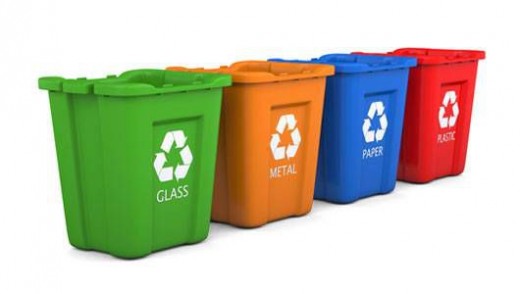
Reducing plastic waste on individual level
One of the disadvantages above is that plastics could possibly endanger the lives of marine creatures. In order for not to happen, there are some ways in which an individual can do to reduce the harmful effects of plastics.
One of the ways is through the recycling of plastics. Before you can recycle plastic, one has to ensure that the plastics are cleaned properly.
The second way is through the reuse of plastics. Before you decide to throw that plastic bottle or plastic food container into the dustbin, you can actually reuse them multiple times through proper cleaning and sterilizing.
The third way is by reducing the consumption of plastics. In other words, we should cut down on our usage of plastics. One good example is the use of our own grocery bags instead of the plastic bags which the supermarket provides
Conclusion
Plastic, commonly found in several homes and business products, has a mystery which is uncovered in this paper. Through this paper, it was found that there are many ways, including the 2 processes listed in this paper, to manufacture plastics as well as how the benefits and harm which plastics present can lead to the formation of the different products and the importance of recycling respectively.
© 2019 Maxy Hui

